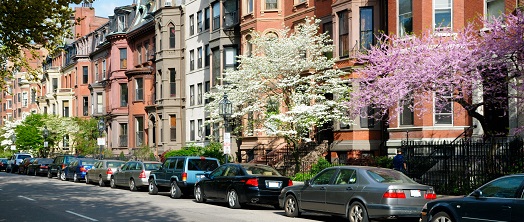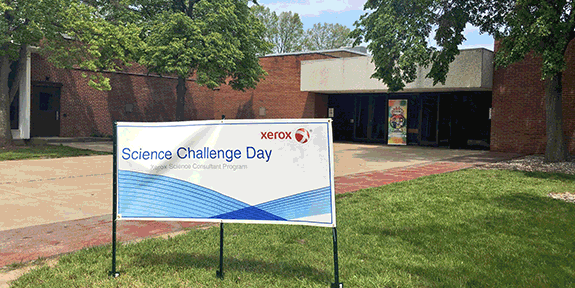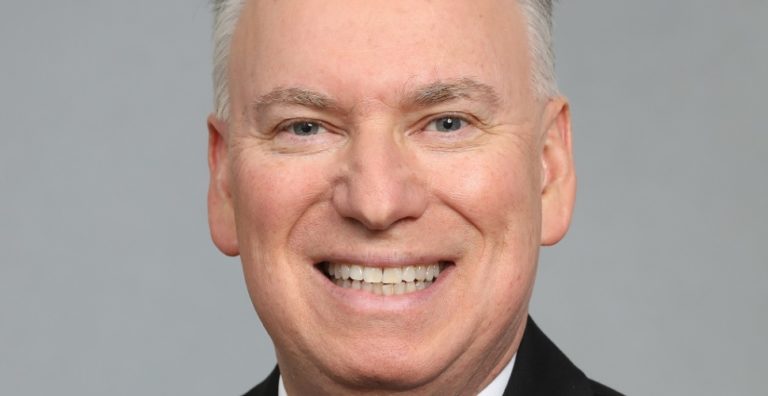Can you imagine uncluttered streetscapes without parking meters? It isn’t far from reach.
By David Cummins, SVP and Managing Director at Xerox, Parking Solutions and Justice Solutions

You’ve probably seen the opening scene from Cool Hand Luke. If you need a quick refresher: A tipsy Luke Jackson (played by Paul Newman) is cutting off the heads of parking meters in the dead of night. He grins in satisfaction after the first meter falls to the ground, and then proceeds to knock off a few more until a police officer pulls up and asks, “What are you doin’ there, fella?”
Luke wasn’t necessarily picturing a future without parking meters, but it’s not such a bad idea! Can you imagine uncluttered streetscapes without ugly meters, which are also a constant source of frustration to the general public? Eliminating parking meters isn’t far from reach. We might not be able to do it as quickly as Luke, but together we can make it possible. Here’s how.
Growth of Mobile Payments
More and more, people are becoming comfortable with paying for parking with their mobile phones. As adoption rates continue to increase across cities, there won’t be a need for meters anymore. Phone payments ensure there are no “failures to communicate,” by making it easy for drivers to check how much time is left and easily add time to the meter. Cities might decide to keep a few multi-space meters for those who don’t have mobile phones, but there are also other ways to meet their needs. Once a city reaches a point of 60-70% adoption rate, they should consider the migration away from meters.
Connected Vehicles
Connected vehicles are automobiles that can communicate with infrastructure and the cars around it. Cities like Los Angeles capture data on available parking spaces that can be pushed to the Sat/Nav system of vehicles. Furthermore, the pay-by-cell application could be downloaded into the vehicle’s entertainment system. It is already possible for a connected vehicle to find available parking spaces, parallel park automatically, and then pay for parking. Imagine drivers receiving a monthly parking bill, similar to how they would receive a utility bill. Doesn’t it sound wonderful?
In Washington, D.C., over half the parking transactions are paid by smartphone apps. The city will begin to remove meters as more people to pay with their mobile device. The city will ultimately remove meters as more people began to pay with their mobile device. It’s a gradual progression, not quite like Cool Hand Luke’s solution. You would start by taking away a few meters per block until drivers are acclimated, and then you would start to increase removal. Eventually the city would be able to fully remove parking meters.
As you can see, the dream of eliminating parking meters isn’t too far away. These two increasing trends of the growth of mobile payments and the new technology of connected vehicles will make it possible for us to eliminate parking meters altogether.
Like Luke Jackson said, “Sometimes nothin’”–like no parking meters–“can be a real cool hand.”



